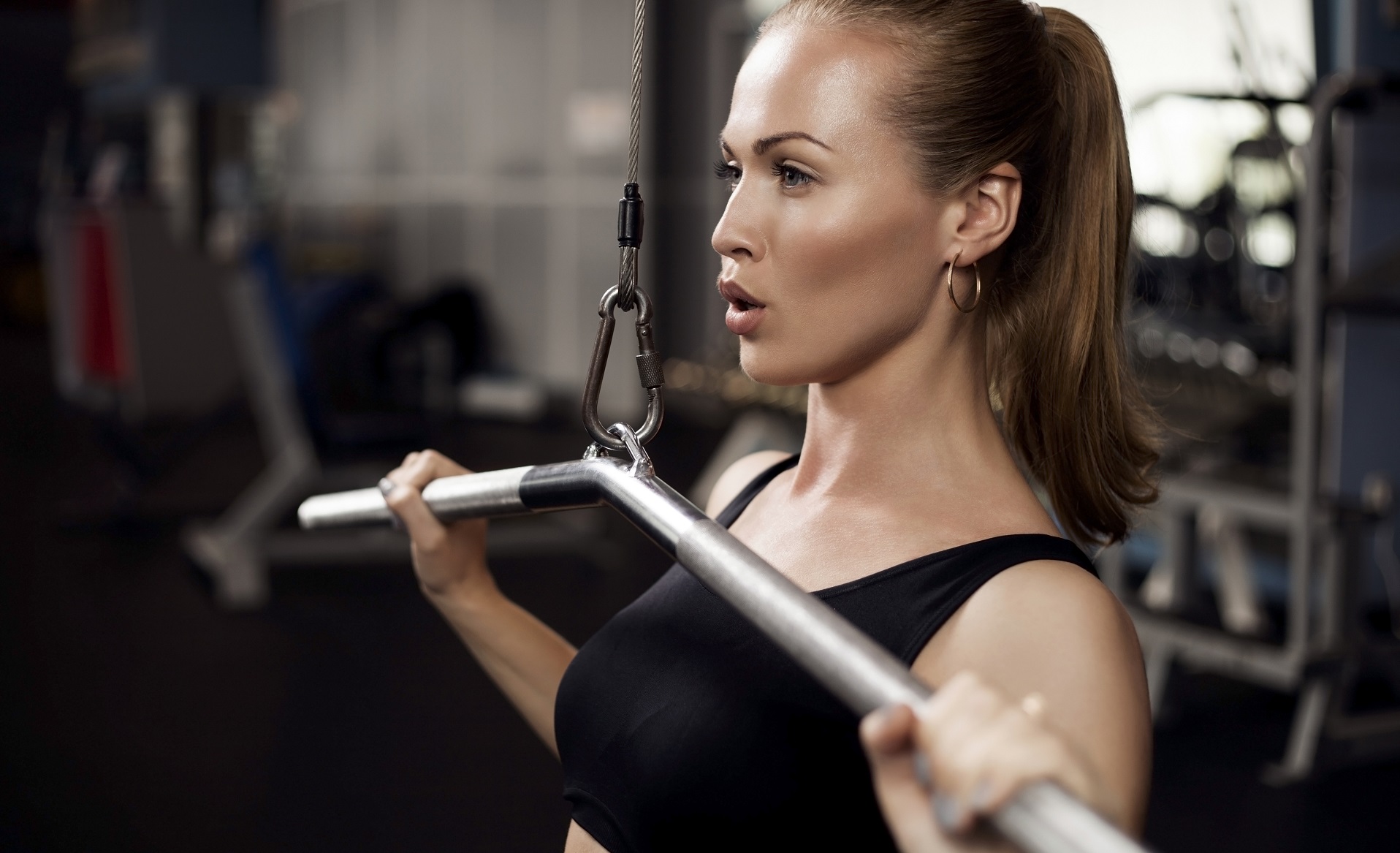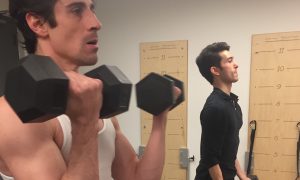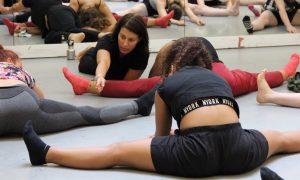Dancers seem to have a fear of “bulking up” or having their muscles grow large from physical activity. This fear seems particularly rampant among women. But, if you ask pretty much any expert in the fields of physical education, training and care, you’ll quickly learn that that fear is irrational. For the vast majority of people, neither dancing nor regular cross-training at the gym will make your muscles get huge. In fact, to bulk up your muscles, it would take a lot of intense, specific work toward that goal.
“It just isn’t going to happen. It’s not enough,” explains specialist Christina D’Amico. “You would literally have to work hard for it, eat a whole lot, use supplements, maybe even illegal ones!”
D’Amico is an exercise physiologist, strength and conditioning specialist, and dancer who trains dancers and athletes to take their performance to the next level. She is also working toward her masters in clinical nutrition through New York Chiropractic College. In other words, she really knows her stuff.
“I think that when women say they are bulking up, it is mental/psychological,” she adds. “That’s not bulky, that’s a body image disorder. An all too common problem in the dance world.”
What does it really mean to “bulk up”? In general, we picture something between a muscle getting larger and firmer all the way up to someone like a competitive body builder with massive muscles taking over the whole body. What it comes down to in either case is making the muscle literally grow in size. The growth in overall size comes from increasing the width or area of the individual muscle fibers that run along the length of the muscle. This increase in size is called hypertrophy, which can refer to growth of any type of cell.
Hyper = extra or excess
Trophy = “nourishment” or growth
Hyper + Trophy = extra growth
A muscle performs work when it has to move against a resistance or weight, yet, as D’Amico points out, it is how you work that determines if your muscle will hypertrophy.
“Resistance training or weight training causes neural adaptations to muscle fibers (type I and type II),” she explains. “How you weight train — intensity, volume, sets and reps — [affects] what types of adaptations occur. For hypertrophy, it is strongly dependent upon the volume of work.”
One really important thing to keep in mind, regardless of what size you want your muscles to be, is that size is not equal to strength. Depending on how the person is training, a more slender muscle could leave the dancer just as strong as a bulkier one. D’Amico’s number one goal with her clients is strength.
“I like to think of strength as a ‘baseline’ for fitness,” she says. “It’s being able to perform an exercise safely, properly and having the stability to add weight. Being strong doesn’t necessarily mean your muscles are bulging like Arnold’s, it means that you are maintaining functionality, preventing injuries, and allowing your body to do whatever it wants to do no matter your age.”
Weight Training for Strength:
- For each exercise, stay within 8-10 repetitions for three to four sets.
- The last two repetitions should be a challenge. If they are not, you need to increase the weight/resistance.
- If using only your own body weight, stick with 10-15 repetitions for three to four sets.
“This will allow you to become strong, not bulky,” D’Amico encourages. “It just won’t happen! I have dancers single-leg deadlifting over 100 lbs and have lean muscles.”
Weight training to achieve hypertrophy is not easy, but if you want to do it, D’Amico advises, “Volume, volume, volume and intensity. Volume is the number of sets and reps you perform. If you want to bulk, go for it!”
Over time, increase your sets and your reps. Just make sure you do it gradually so your body can adapt and you avoid injury. And if you’ve heard it’s easier for men than for women, that is true, and it is primarily because men have more muscle mass naturally, and women have more hormones that don’t help out. But D’Amico helps women shape their muscles all the time.
“[Hormones] play a role in the ability for women to gain significant muscle mass,” she says. “This is not to say women can’t get sculpted and ‘toned’ muscles. Pick up some challenging weights, and you will get sculpted.”
By Leigh Schanfein of Dance Informa.
















Pingback: Tips for a Winning Summer Break | CAPEZIO Spotlight Blog
Pingback: Tips for a Winning Summer Break | Europe CAPEZIO Spotlight Blog